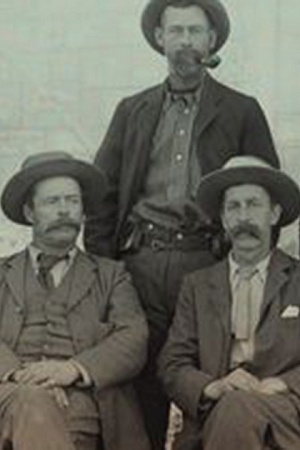Prisoners of War: Europe: 1939–1956
Oxford University Press, £35 hb, 551 pp
A vast canvas

This is a difficult book to read, not because of its length (nearly 500 pages without references); nor because of its density. It is because this study of prisoners of war in Europe during World War II documents suffering on an almost unimaginable scale. In this theatre of war, more than twenty million servicemen and servicewomen fell into enemy hands. Millions did not survive captivity.
Bob Moore, a well-established British historian of prisoners of war, provides an extraordinarily ambitious account of this often-neglected aspect of national histories. He covers not just the well-known elements – Allied prisoners in Germany, Axis prisoners in Allied hands, and Soviet captives on the Eastern Front – but also the experiences of the French and Belgians captured in 1940, Norwegian and Dutch soldiers who had been told by their governments to lay down their arms, troops fighting in the Balkans, Jews, non-white colonial soldiers, and women. It is a vast canvas requiring Moore to draw on a multiplicity of sources; though these are often secondary, the value of this book is that it makes them readily accessible, to monolingual readers especially.
The picture that emerges is an infinite variety of experiences that makes generalisations impossible. In Western Europe, the Geneva Convention of 1929 was generally observed by both Allied and Axis powers. This was ‘conventional captivity’, with all belligerents believing it to be to their mutual advantage to treat prisoners well while exploiting their potential as a labour force. One example of positive treatment must suffice: Germans interned in Canada were housed in some of the ‘poshest’ facilities, one camp having a forty-five-piece orchestra, two smaller orchestras, two mandolin bands, a fife and drum corps, a choir, and a miniature Bavarian village complete with waterfall.
Continue reading for only $10 per month. Subscribe and gain full access to Australian Book Review. Already a subscriber? Sign in. If you need assistance, feel free to contact us.














Leave a comment
If you are an ABR subscriber, you will need to sign in to post a comment.
If you have forgotten your sign in details, or if you receive an error message when trying to submit your comment, please email your comment (and the name of the article to which it relates) to ABR Comments. We will review your comment and, subject to approval, we will post it under your name.
Please note that all comments must be approved by ABR and comply with our Terms & Conditions.